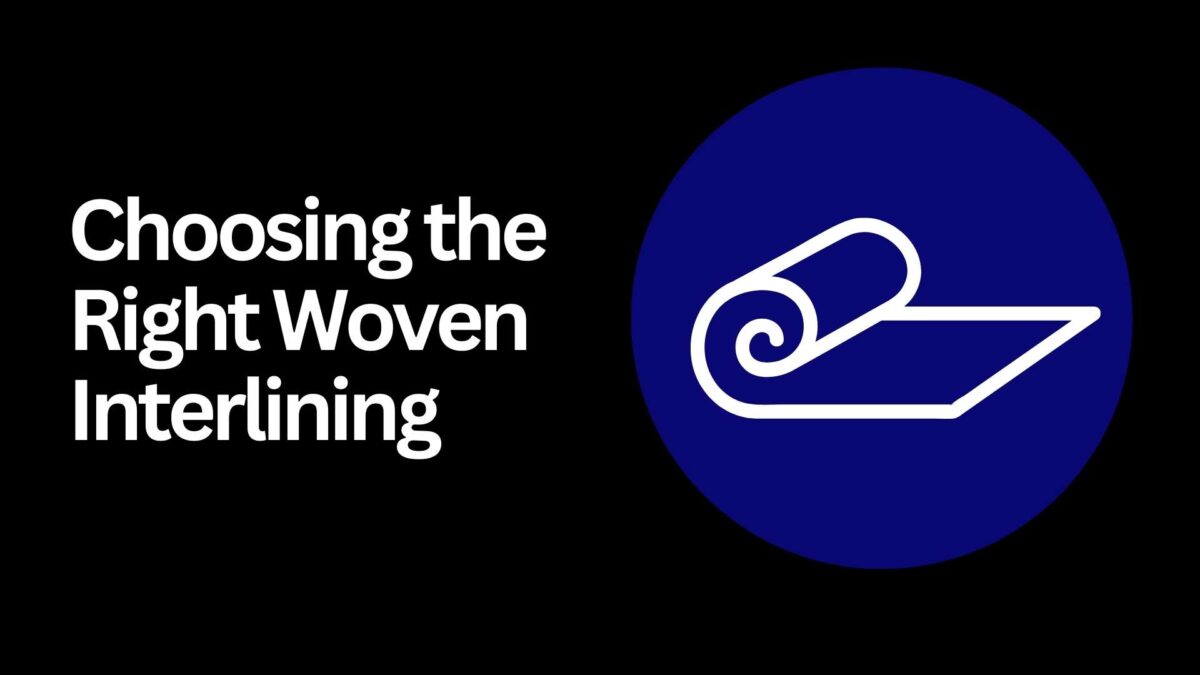Choosing the Right Woven Interlining: Key Factors to Consider
Table of Contents
- Factors to Consider When Selecting Interlining
- Matching Interlining to Fabric Types
- Weight and Thickness Considerations
- Cost vs. Quality
When it comes to enhancing the structure, durability, and overall quality of garments, choosing the right woven interlining is crucial. Woven interlining suppliers in India offer a wide array of options to cater to various fabric types and garment needs. However, making an informed choice can be daunting. In this article, we will explore the key factors you should consider when selecting woven interlining to ensure that your garments meet the desired standards of quality and aesthetics.
1. Understanding Woven Interlining:
Before delving into the selection process, let’s clarify what woven interlining is. Woven interlining is a fabric layer inserted between the main fabric and the lining of a garment. Its primary purpose is to provide structure, shape, and support. This reinforcement is crucial, particularly for lightweight and delicate fabrics.
2. Matching Interlining to Fabric Types:
The first step in selecting the right woven interlining is matching it to the specific fabric type you are working with. Different fabrics have different characteristics, and choosing an interlining that complements your fabric is essential for achieving the desired results. Here are some common fabric types and their corresponding interlining needs:
- Cotton and Linen: These natural fibers often require lightweight, breathable interlining to maintain their softness and drape.
- Silk and Satin: Delicate fabrics benefit from ultra-lightweight interlining to maintain their luxurious feel.
- Wool: For heavier fabrics like wool, a medium to heavyweight woven interlining may be necessary to provide structure and warmth.
3. Weight and Thickness Considerations:
The weight and thickness of the interlining are critical factors to assess. Woven interlinings come in various weights, typically measured in grams per square meter (GSM). Consider the following:
- Lightweight Interlining (20-60 GSM): Ideal for lightweight fabrics and summer garments.
- Mediumweight Interlining (60-100 GSM): Suitable for most general-purpose applications.
- Heavyweight Interlining (100+ GSM): Reserved for heavy fabrics and outerwear.
The thickness of the interlining also affects the final look and feel of the garment. Thicker interlining provide more structure but can make the fabric feel stiffer.
4. Cost vs. Quality:
Balancing cost and quality is always a consideration. While it’s tempting to opt for the most budget-friendly option, investing in higher-quality woven interlining can lead to better results in terms of durability and the overall appearance of your garments. Quality interlinings are less likely to bubble, pucker, or deteriorate over time, ensuring that your creations stand the test of time.
5. Woven Interlining Suppliers in India:
In India, you have access to a diverse range of woven interlining suppliers. To make an informed choice, research various suppliers, read customer reviews, and inquire about sample swatches. Don’t hesitate to ask for recommendations from fellow garment makers or designers who have experience working with interlining.
In conclusion, choosing the right woven interlining involves considering fabric type, weight, thickness, and the balance between cost and quality. By understanding these key factors and researching reputable woven interlining suppliers in India, you can elevate your garment-making projects to a whole new level of craftsmanship. Whether you’re a seasoned tailor or a budding fashion designer, selecting the right interlining is a crucial step in achieving the perfect finish for your garments.
